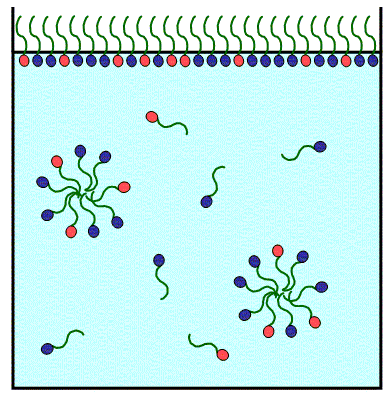Ultrasound-mediated gastrointestinal drug delivery
| Title | Ultrasound-mediated gastrointestinal drug delivery |
| Publication Type | Journal Article |
| Year of Publication | 2015 |
| Authors | Schoellhammer, CM, Schroeder, A, Maa, R, Lauwers, GYves, Swiston, A, Zervas, M, Barman, R, DiCiccio, AM, Brugge, WR, Anderson, DG, Blankschtein, D, Langer, R, Traverso, G |
| Journal | Science Translational Medicine |
| Volume | 7 |
| Issue | 310 |
| Pagination | 1-10 |
| ISSN | 1946-6242 |
| Abstract | There is a significant clinical need for rapid and efficient delivery of drugs directly to the site of diseased tissues for the treatment of gastrointestinal (GI) pathologies, in particular, Crohn's and ulcerative colitis. However, complex therapeutic molecules cannot easily be delivered through the GI tract because of physiologic and structural barriers. We report the use of ultrasound as a modality for enhanced drug delivery to the GI tract, with an emphasis on rectal delivery. Ultrasound increased the absorption of model therapeutics inulin, hydrocortisone, and mesalamine two- to tenfold in ex vivo tissue, depending on location in the GI tract. In pigs, ultrasound induced transient cavitation with negligible heating, leading to an order of magnitude enhancement in the delivery of mesalamine, as well as successful systemic delivery of a macromolecule, insulin, with the expected hypoglycemic response. In a rodent model of chemically induced acute colitis, the addition of ultrasound to a daily mesalamine enema (compared to enema alone) resulted in superior clinical and histological scores of disease activity. In both animal models, ultrasound treatment was well tolerated and resulted in minimal tissue disruption, and in mice, there was no significant effect on histology, fecal score, or tissue inflammatory cytokine levels. The use of ultrasound to enhance GI drug delivery is safe in animals and could augment the efficacy of GI therapies and broaden the scope of agents that could be delivered locally and systemically through the GI tract for chronic conditions such as inflammatory bowel disease. |
| URL | http://stm.sciencemag.org/content/7/310/310ra168 |
| DOI | 10.1126/scitranslmed.aaa5937 |
- Log in to post comments



